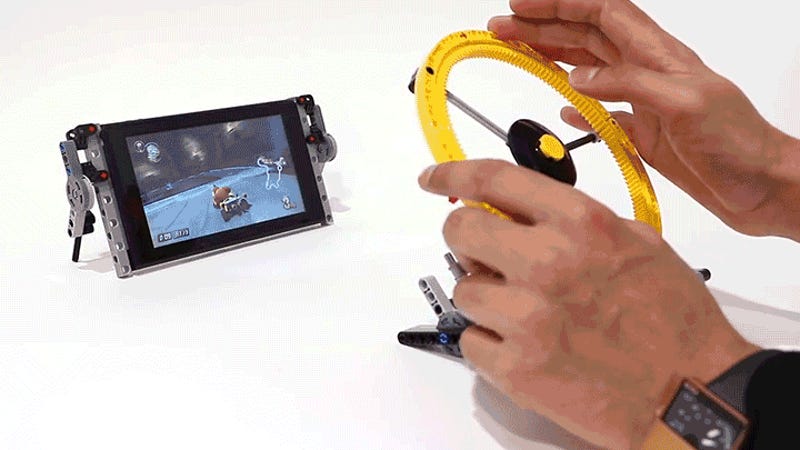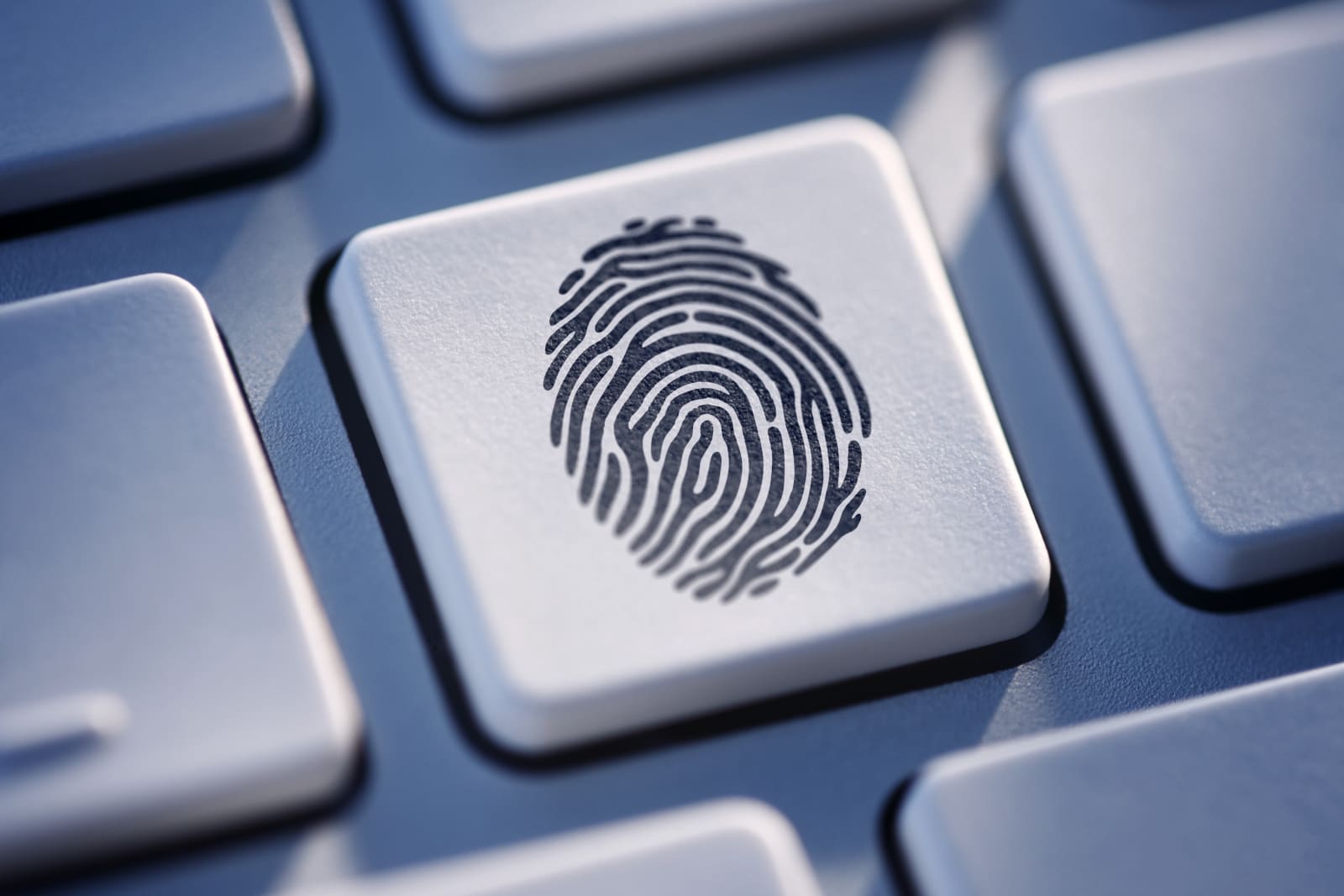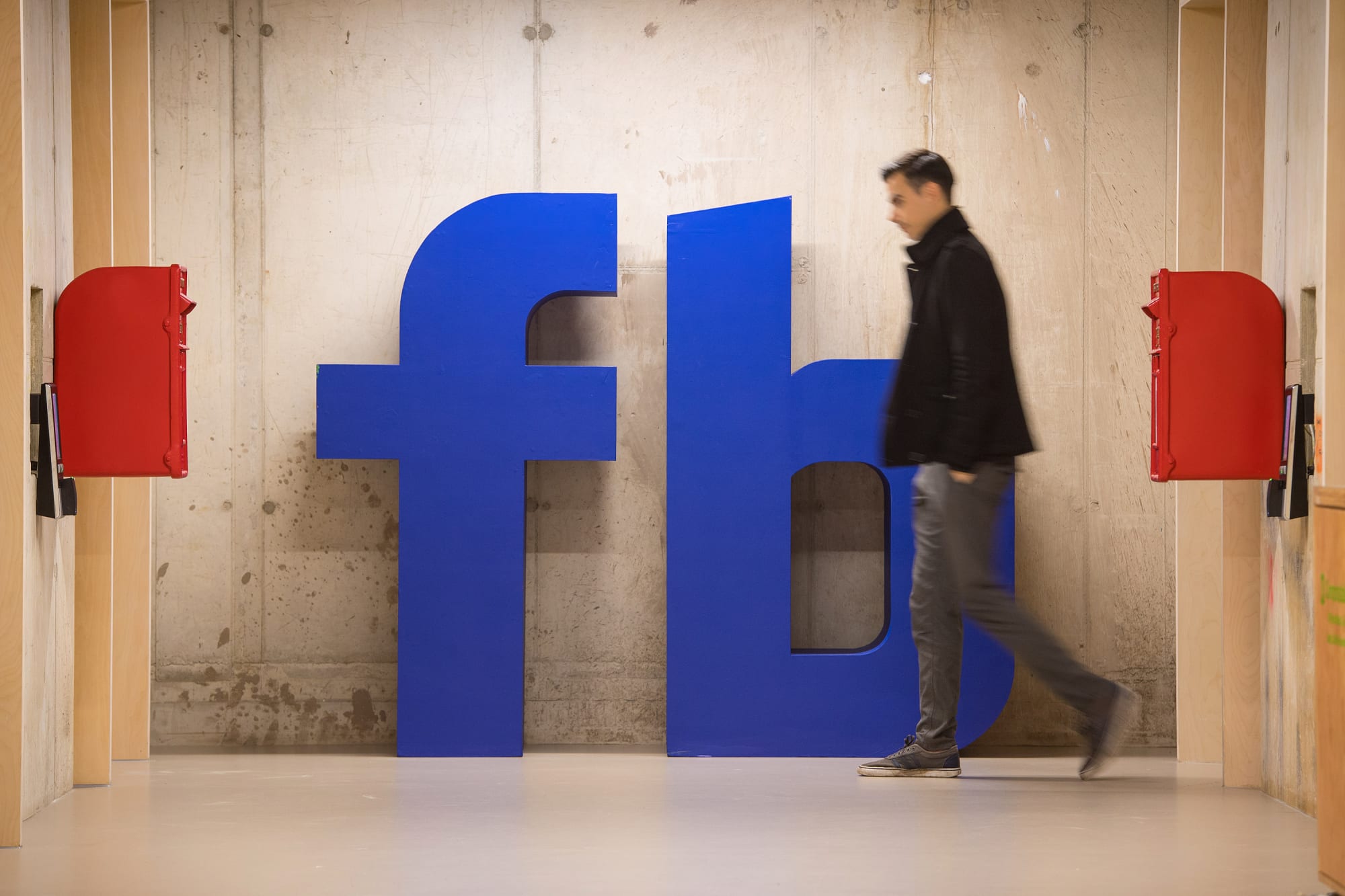Upgrade Your Nintendo Switch With These Clever DIY Lego Accessories
https://ift.tt/2EzIkDG

Nintendo’s upcoming Labo accessory for its portable Switch console certainly looks like it introduces some unique gameplay mechanisms. But do you really want to pay $70 for some cardboard origami? Not when you can build similar accessories using all the Lego you never stopped buying once you grew up.
Vimal Patel created a short video showing a handful of genuinely useful Nintendo Switch hacks using Lego Technic pieces, including a vastly improved kickstand, a better approach to mounting the Switch’s Joy-Cons, and a pair of steering wheels for mastering Mario Kart 8 Deluxe.
It’s important to note that these builds rely on one Lego piece you almost certainly don’t already have, because Lego has never made it. You’ll need a 3D-printed adapter that connects to the side rails the Switch’s Joy-Cons usually do, allowing Lego structures to be securely attached to the console. Further complicating things is the fact that you’ll have to modify existing Switch adapters to make them Lego Technic-friendly, and then find a place to 3D print them for you. On second thought, $70 for a stack of cardboard just sounds way easier.
Tech
via Gizmodo http://gizmodo.com
April 10, 2018 at 10:12AM





